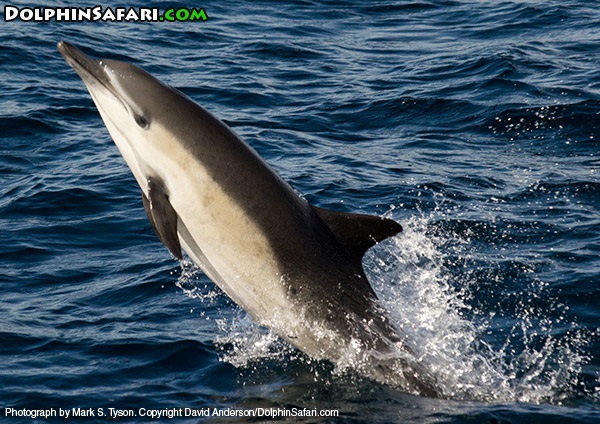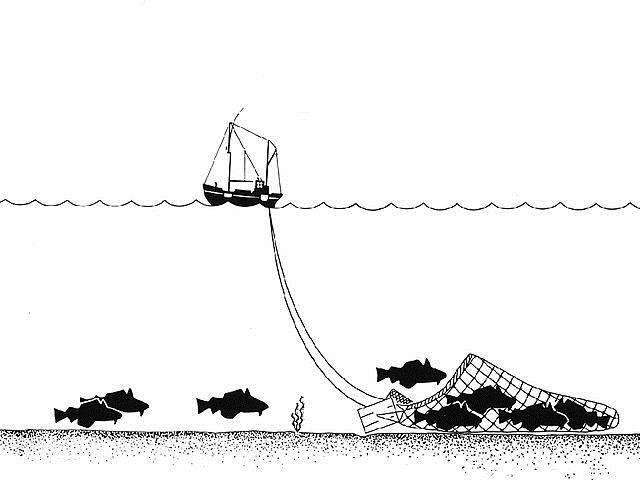Conservative Efforts
With all of the damaging human impact to the
common dolphin, there has been a conservative push in recent years.
To solve decreasing numbers of the common dolphin, the society must
make changes to the known actions that harm them. It is also
important to create more research initiatives to understand what
problems face the common dolphin, and how these problems can be
solved.
 In 1999, the Spanish government
listed the common dolphin on the National Endangered Species list as
vulnerable. This effectively started a large initiative around the
world to protect various habitats for the dolphins and increase
research and funding for conservation (Bearzi
et al. 2003).
In 1999, the Spanish government
listed the common dolphin on the National Endangered Species list as
vulnerable. This effectively started a large initiative around the
world to protect various habitats for the dolphins and increase
research and funding for conservation (Bearzi
et al. 2003).
Overfishing has the most harmful
influence on the common dolphin. In order to help the recovery of
the common dolphin in heavily fished ecosystems, the unsustainable
harvest by fisheries must be halted, or at least better regulated.
There are many ways in which humans could satisfy their own needs
for seafood, while being responsible to the marine ecosystem. Some
of these solutions include putting a temporary halt on purse seining
in endangered areas, restricting bottom trawling, and placing
stricter regulation and steeper fines for illegal fishing (Bearzi,
2008). Purse seining is fishing with a large net that encircles
schools of fish. This type of fishing is very effective, but it also
doesn’t allow the ocean to repopulate very well.
 Bottom trawling is
a devastating way of fishing in which large weighted nets are
dragged across the bottom of the ocean capturing unwanted species,
bull-dozing the ocean floor releasing pollutants, and destroying
coral reefs and marine structure.
Bottom trawling is
a devastating way of fishing in which large weighted nets are
dragged across the bottom of the ocean capturing unwanted species,
bull-dozing the ocean floor releasing pollutants, and destroying
coral reefs and marine structure.
There are many organizations that are working
for the conservation of the common dolphin. Most notably are the
organizations Green Peace, and the Whale and Dolphin Conservation
Society. These organizations work mostly by unveiling the immoral
treatment of dolphins. The European Union has established many laws
to ban harmful fishing gear that is responsible for killing many
dolphins, as well protected dolphins from deliberate killing in the
Mediterranean region (Bearzi, 2009). The problem lies in
international waters where one country’s efforts may not be enough
to stop the mistreatment of the important common dolphin.
There are many conservational efforts that are
in use today. To look at
some, go to this
link and scroll down to the "Conservation" heading.
Look at the ways they have made an impact go to
Environmental Impacts
You Lost? Home
